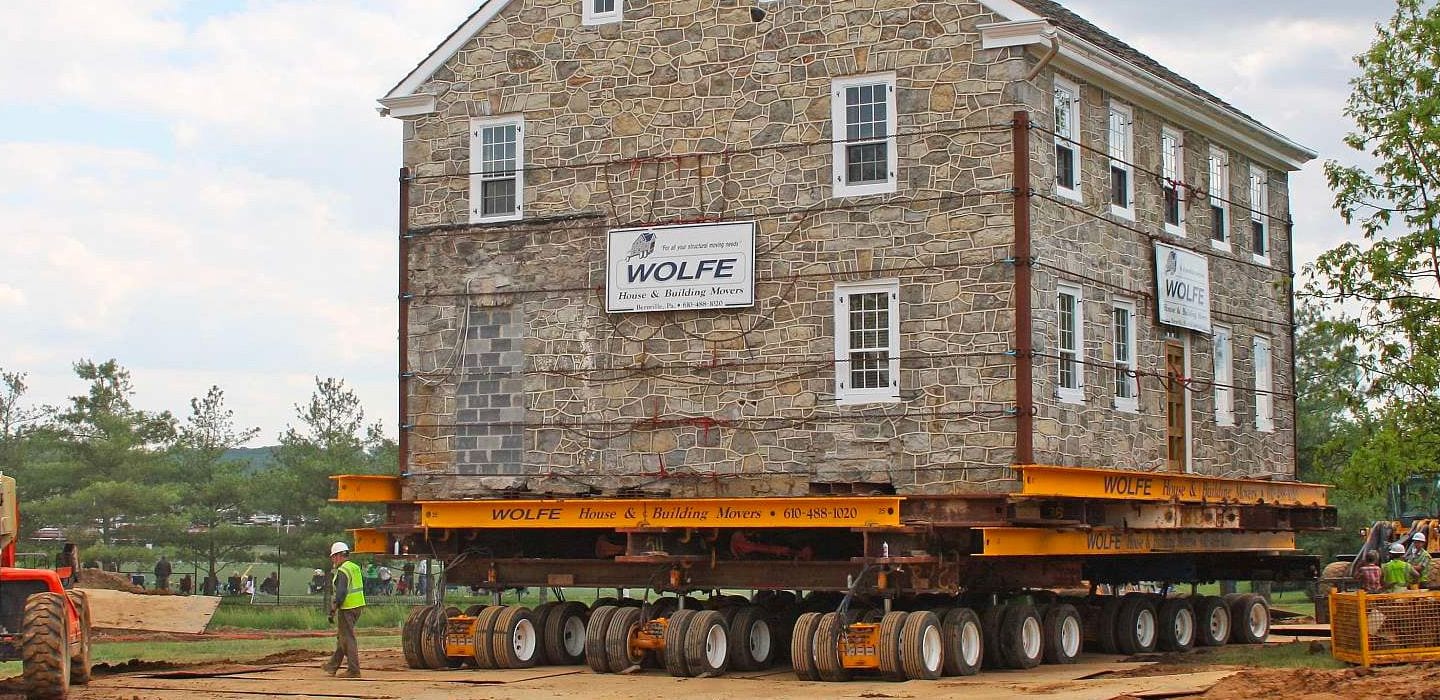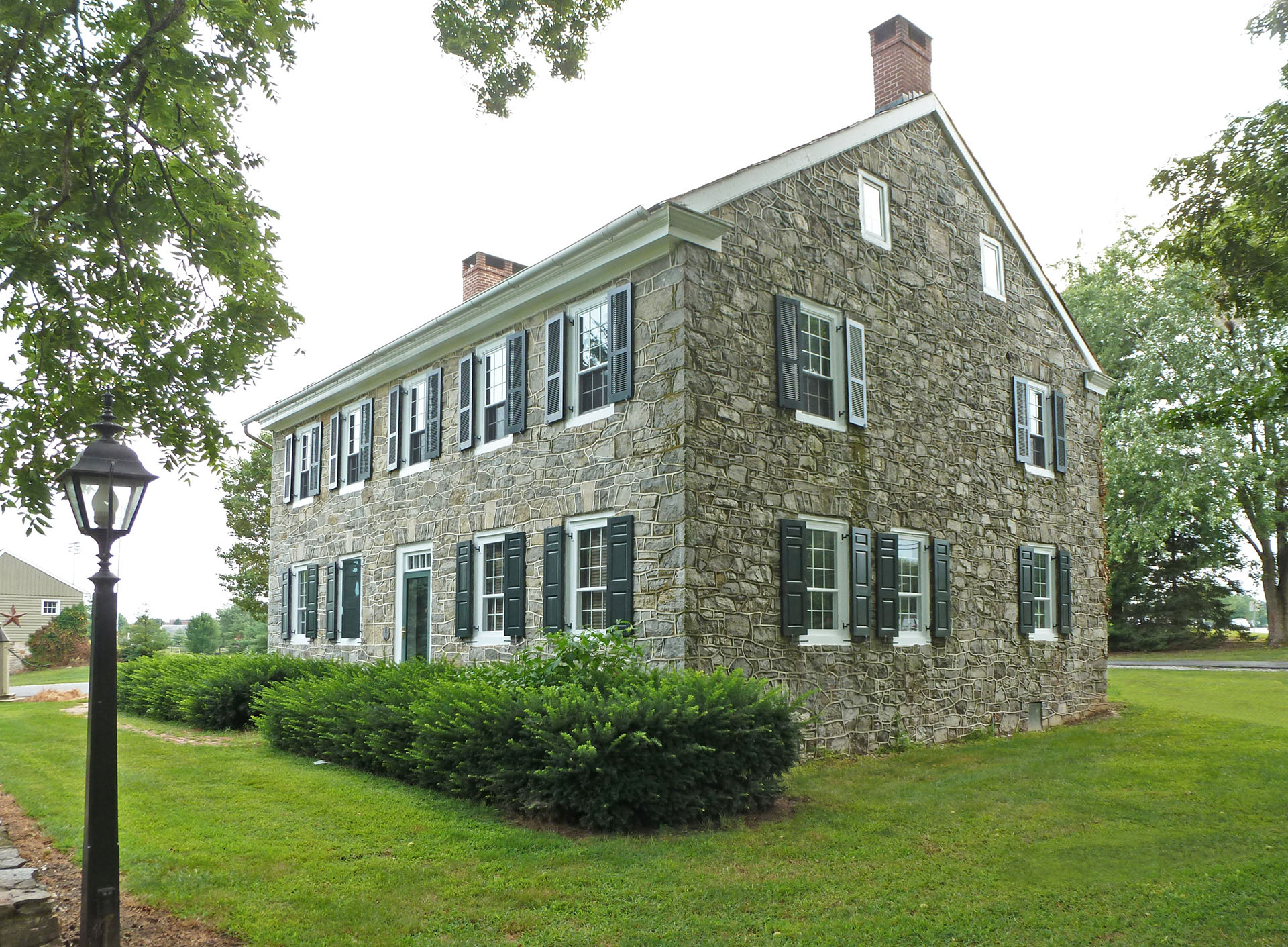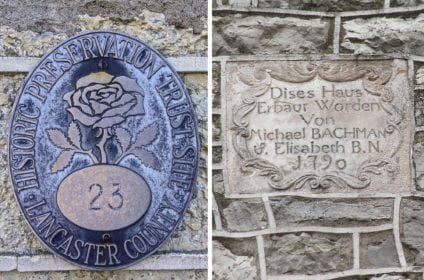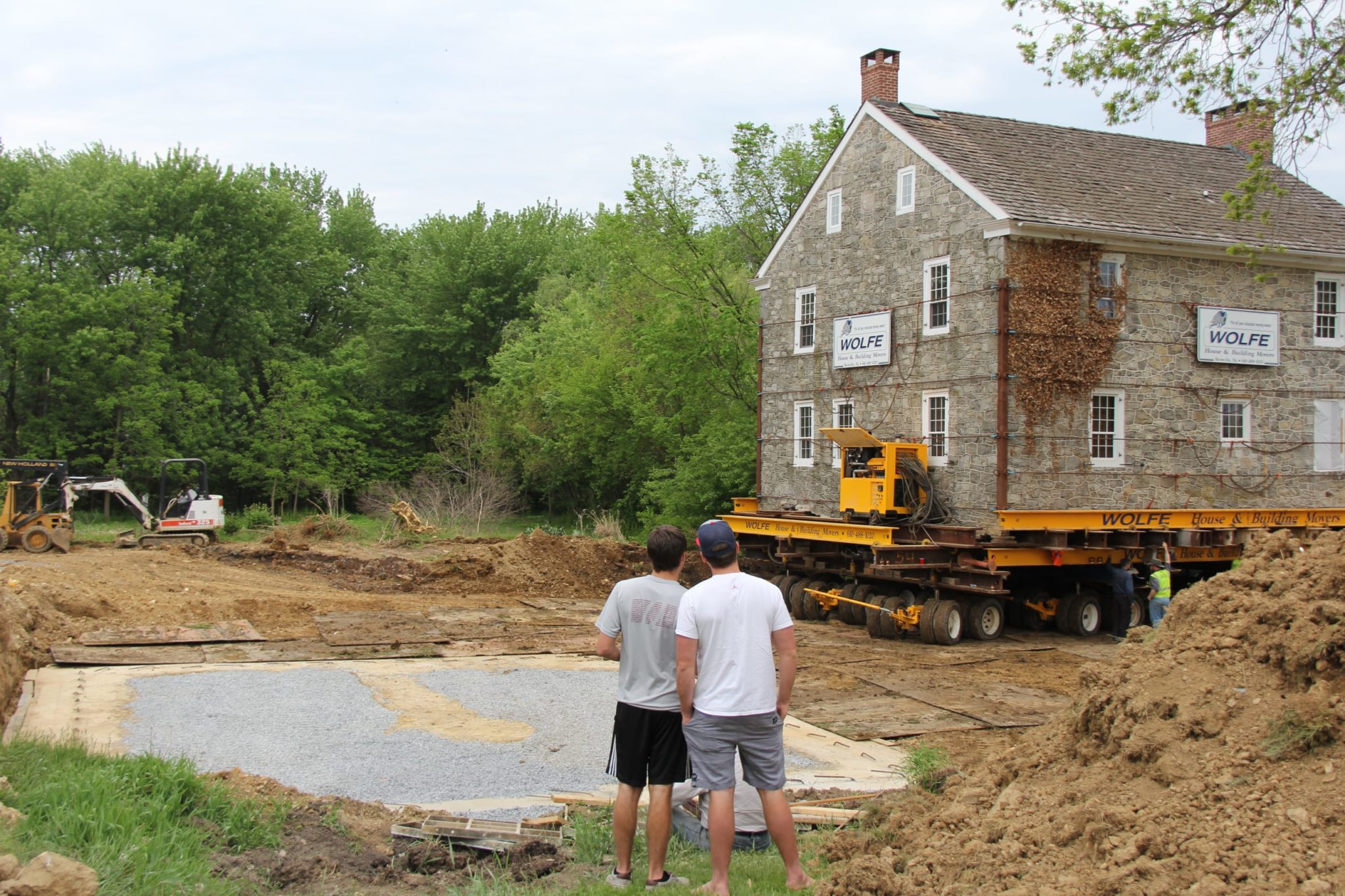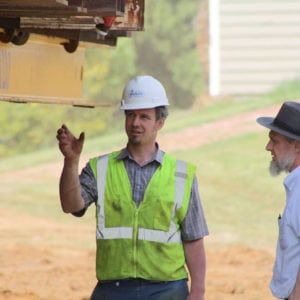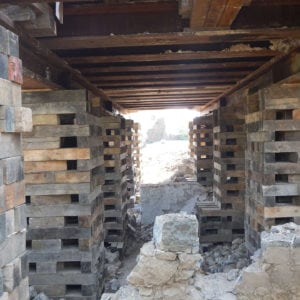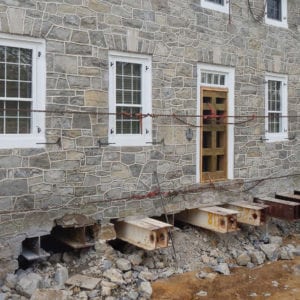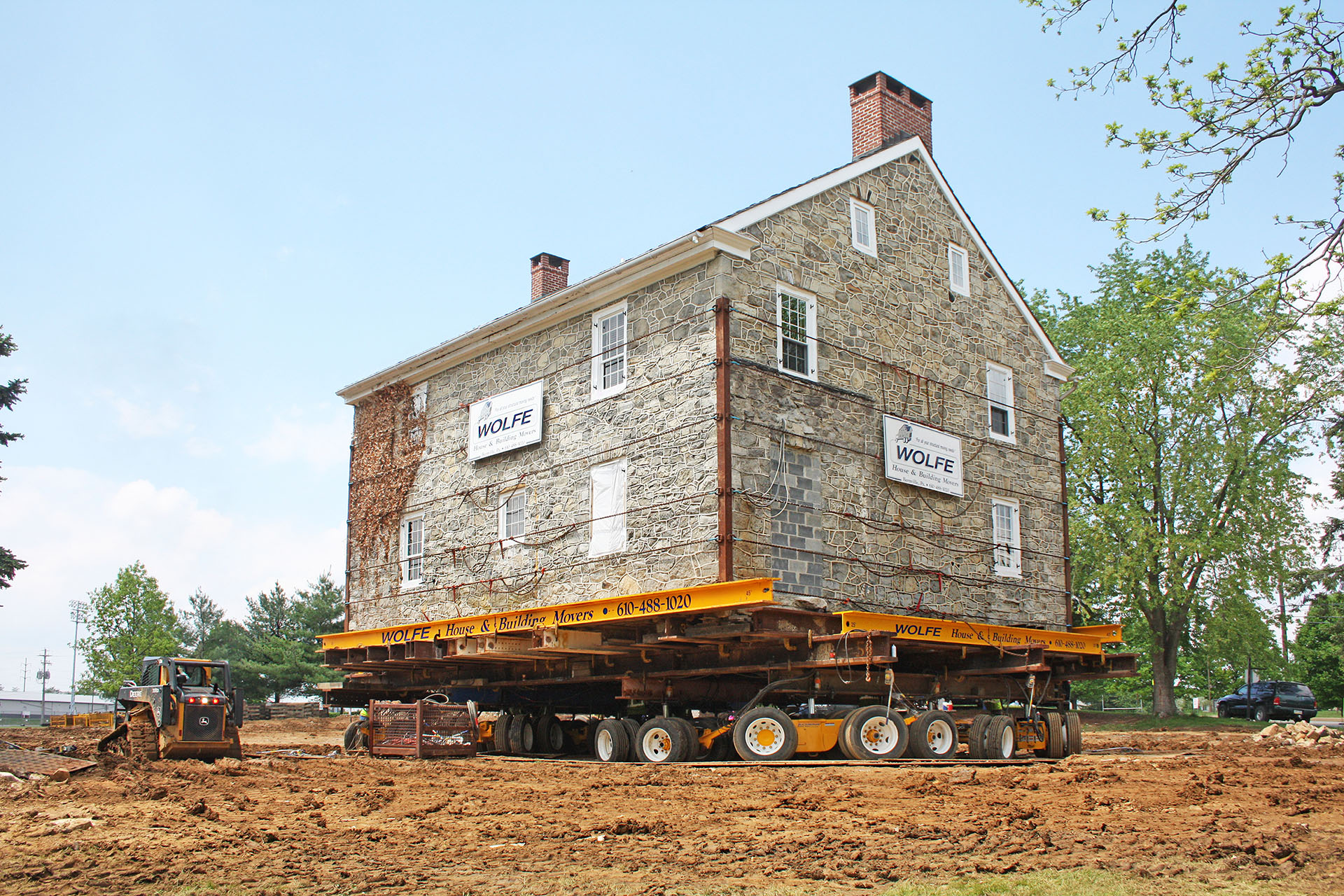Here's Why We Did It
Michael Bachman emigrated from Germany to America. In 1782 he bought 176 acres of land in Penn’s Woods, and 8 years after that, he built a stone house for himself and his wife, Elisabeth. The total cost to build the home is estimated at $380.
The 500-ton stone house stood on the same spot from 1790 until 2014, when its fate became uncertain. Hempfield school district had owned the home and the property since 2010, and originally planned to convert the home into administrative offices, but after some cost research, eventually abandoned the idea. The house either needed to be moved or destroyed.
Mark Ashley had long admired the old stone house since his days playing on the Hempfield High School soccer field. At the time, he never thought he’d end up owning it. “I grew up here, and went to high school in this school district building, and played soccer in the field right beside it. I always admired it, and thought it was a beautiful home, and saw that the couple at that time was restoring it. Just watching them work on their house, I thought, ‘Boy, that’s a neat place!’.”
When the home went up for sale, Mark was definitely interested.

